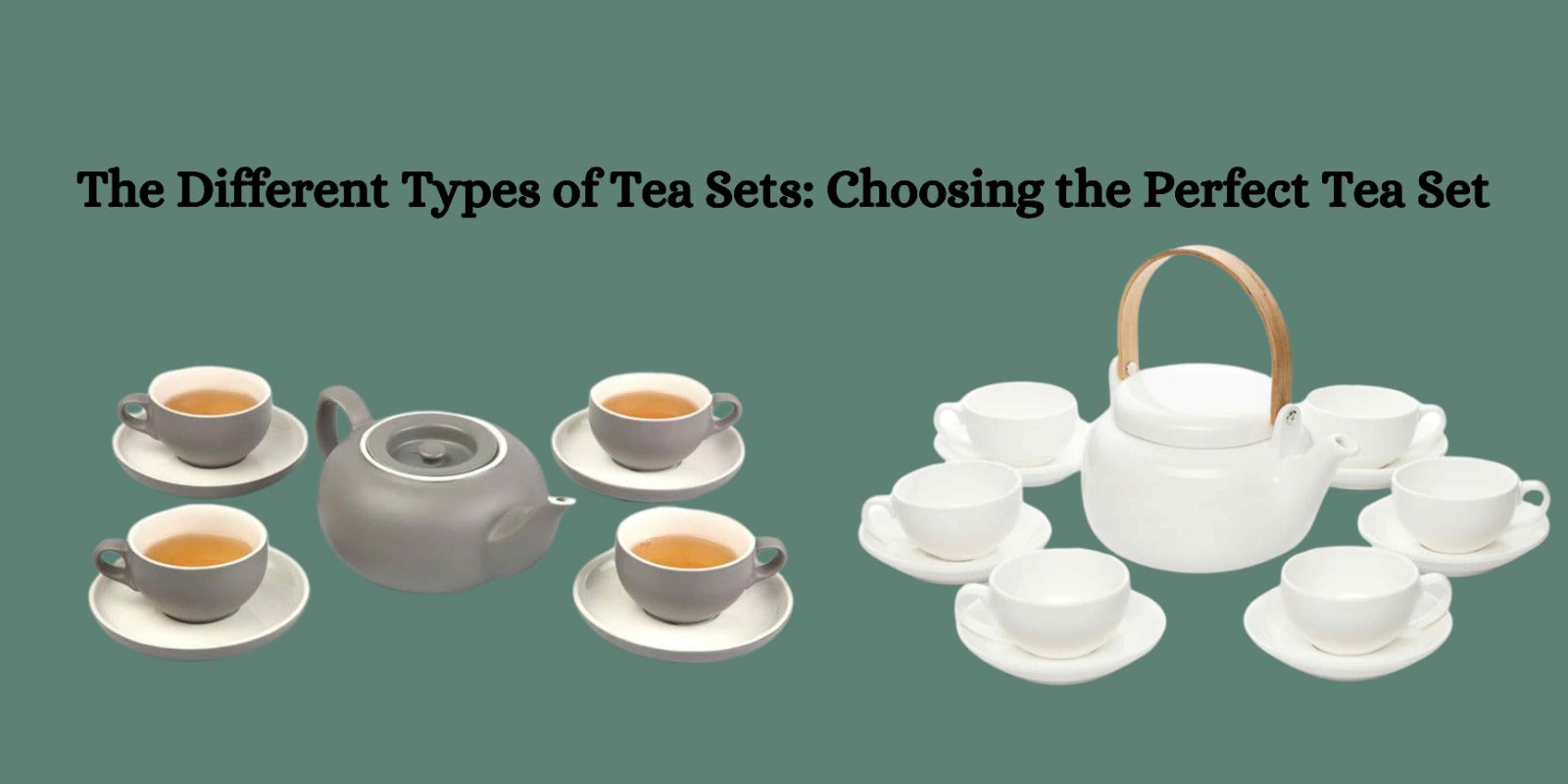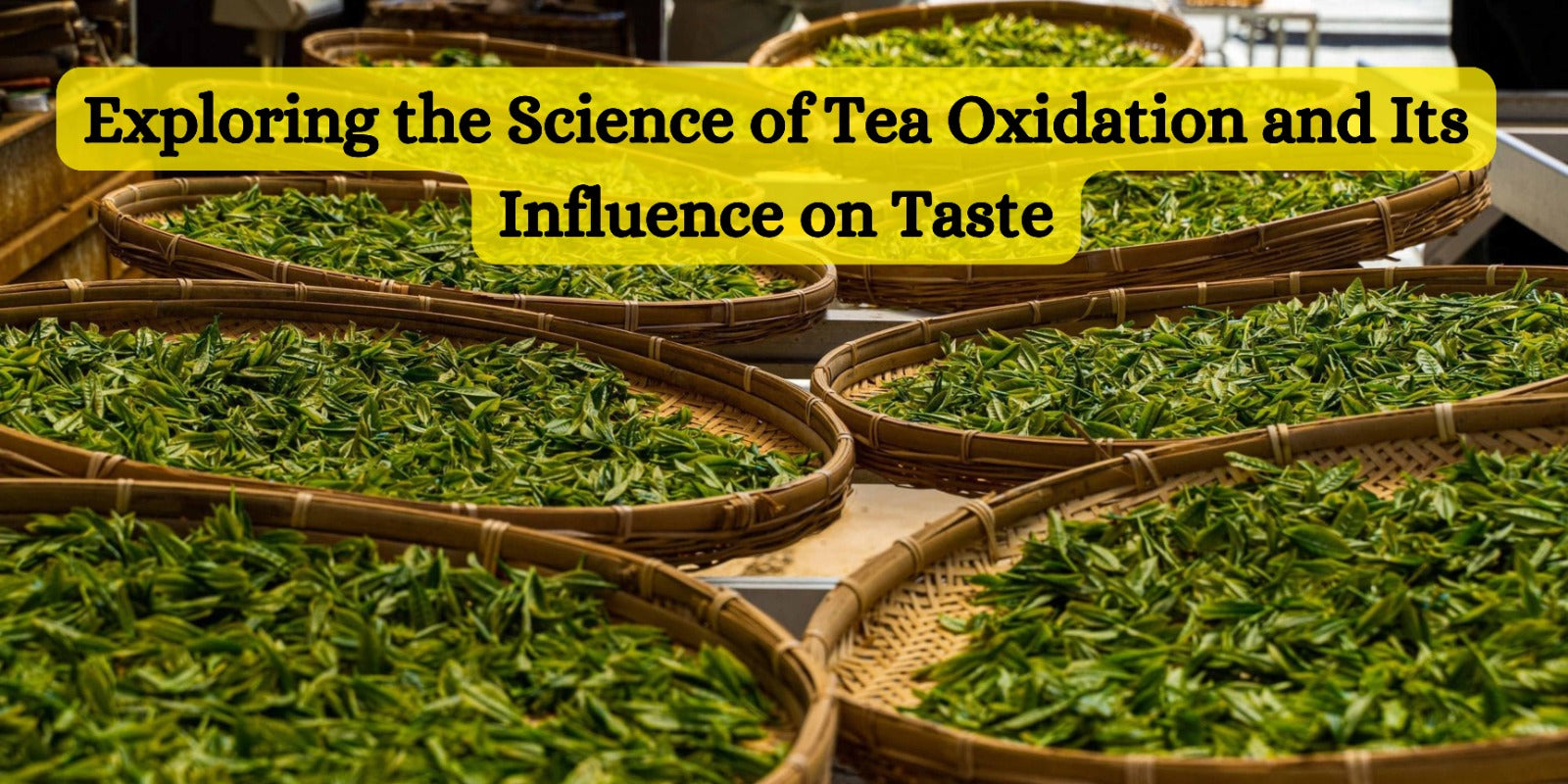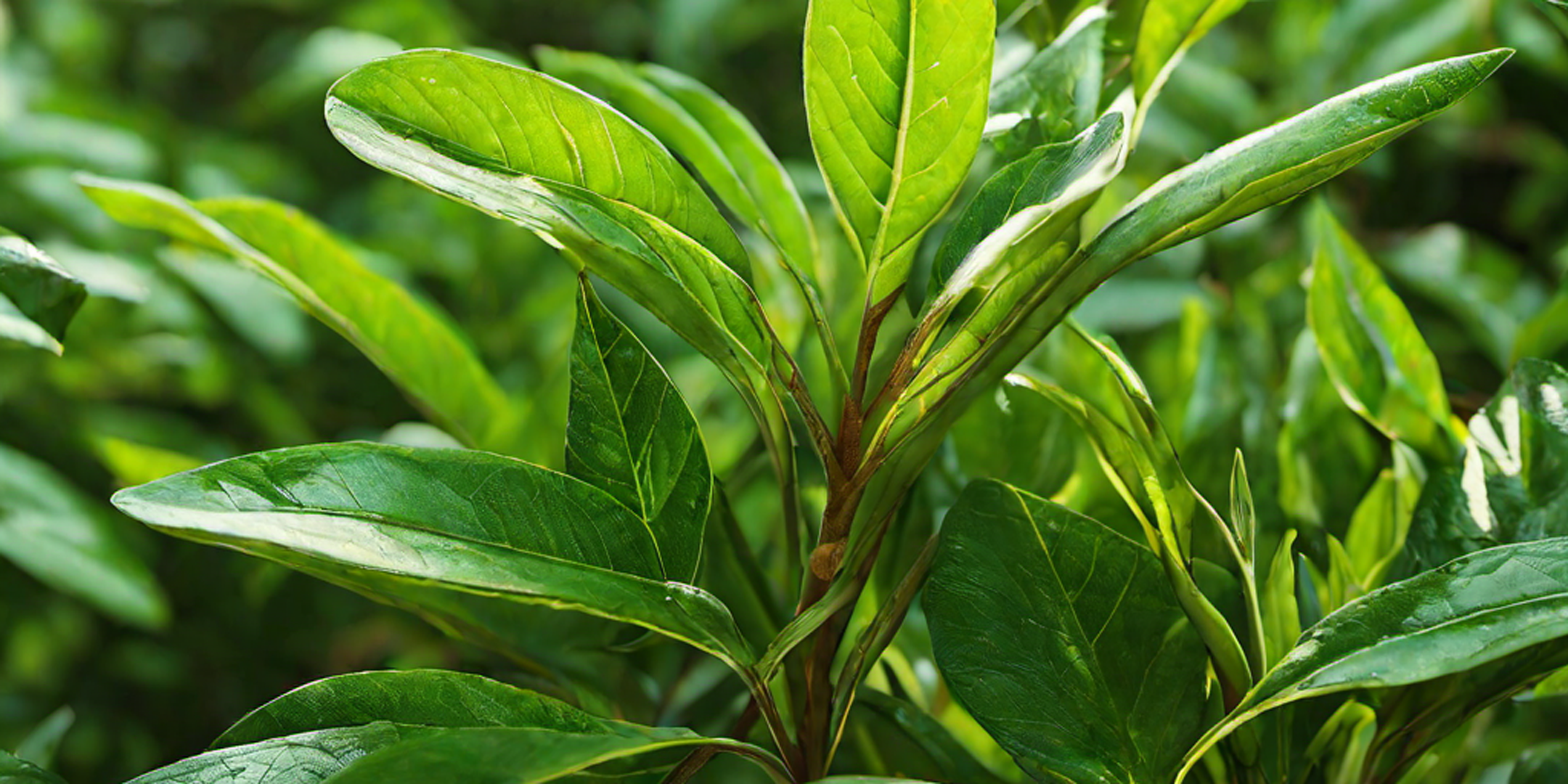A Sensory Journey: Exploring Tea Through Sight, Sound, Smell, Taste, and Touch
Tea is much more than a simple beverage; it engages all five senses, making it a sensory-rich experience that goes beyond just drinking. From the visual beauty of the tea leaves to the soothing sound of water being poured, every aspect of tea-making and drinking contributes to an immersive experience. In this blog, we will explore how the five senses—sight, sound, smell, taste, and touch—come together to enhance the joy of tea.
1. Sight: The Visual Beauty of Tea
The first sense that tea engages is sight. The process of making tea begins with admiring the beauty of the tea leaves, which can vary greatly in color, size, and shape depending on the type of tea. Some teas, like tightly rolled oolong, unfurl gracefully when steeped, providing a visual delight. Watching tea leaves dance in the water and gradually infuse the liquid with color can be calming and mesmerizing.
The hue of the brewed tea itself is also visually appealing. Green tea tends to have a light green or golden hue, while black tea often features deeper shades of amber or reddish-brown. Herbal teas come in an array of colors, ranging from soft pinks to vibrant purples, adding an extra layer of beauty to the experience.
Tip: Try brewing tea in a clear glass teapot to fully appreciate the transformation of the leaves and the colors of the tea.
2. Sound: The Calming Sounds of Tea Preparation
The sounds of preparing tea also play a part in creating a relaxing atmosphere. From the gentle bubbling of boiling water to the quiet clink of the teacup and saucer, these small sounds can have a calming effect. The act of pouring hot water over tea leaves or listening to the quiet trickle as the tea pours into a cup can turn the process into a mindful ritual.
In traditional tea ceremonies, like the Japanese tea ceremony, sound plays a particularly important role. The soft whisking of matcha powder or the gentle pouring of tea from one vessel to another creates an atmosphere of tranquility, encouraging mindfulness.
Tip: As you prepare your tea, take a moment to focus on the sounds around you. It’s an easy way to make your tea experience more meditative and peaceful.
3. Smell: The Aroma That Prepares the Palate
The fragrance of tea is an integral part of its appeal, captivating the senses and contributing to a truly enjoyable experience. As soon as hot water hits the leaves, the fragrance rises and fills the air, engaging your sense of smell. This aroma helps prepare your palate for the flavors you are about to experience. Different teas have distinct aromas: green teas often smell fresh and grassy, black teas may have malty or smoky notes, and herbal teas can smell fruity, spicy, or floral.
Smelling the tea before you sip it enhances your overall enjoyment and helps you pick up on subtle flavors that might be missed otherwise.
Tip: Take a deep breath and savor the aroma before drinking your tea. This step will deepen your appreciation for the flavors that follow.
4. Taste: The Core of the Tea Experience
Taste is naturally a key element in tea drinking. Different teas offer a wide variety of flavors, from the refreshing and light notes of green tea to the strong, rich taste of black tea. The flavor profile of each tea depends on several factors, including the type of tea, the water temperature, and the brewing time. Some teas have earthy, floral, or even sweet undertones, making each cup a unique experience.
Herbal teas, in particular, offer an explosion of flavors, from the sweetness of hibiscus to the spiciness of ginger. The versatility of tea means there’s always a flavor to suit your mood or preference.
Tip: Experiment with steeping times and water temperatures to bring out the best flavors in your tea. You’ll discover how even slight changes can affect the taste.
5. Touch: The Warmth and Feel of Tea
Touch is an often-overlooked sense when it comes to tea, but it plays a vital role in the overall experience. The warmth of the cup in your hands can bring a sense of comfort, especially on chilly days. Holding a cup of hot tea feels cozy and inviting, and the texture of the teaware itself—whether it’s smooth porcelain, textured clay, or sturdy glass—adds another dimension to the tea experience.
The texture of the tea on your tongue, from smooth to slightly astringent, contributes to the tactile experience of drinking tea.
Tip: Choose a teaware that feels comfortable and pleasant to hold. The tactile experience of drinking tea can be just as enjoyable as the taste itself.
Conclusion
Tea is a multi-sensory experience that engages sight, sound, smell, taste, and touch in a way that few other drinks can. From the beauty of the tea leaves to the soothing aroma and flavors, every aspect of the tea-drinking process is an opportunity to slow down and savor the moment. The next time you brew a cup of tea, take the time to notice how all of your senses are involved in creating a truly enriching experience. By doing so, you’ll transform tea drinking from a daily habit into a mindful, sensory ritual.




